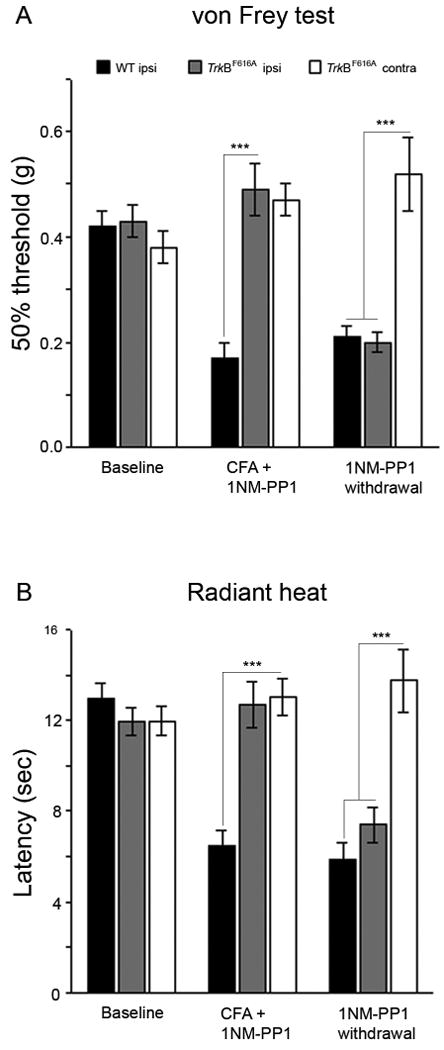Figure 2. Inhibition of TrkB signaling prevents CFA-induced mechanical and heat hyperalgesia.

1NM-PP1 was added to the drinking water (final concentration 5.0μM) and mice had unlimited access to the water for 2-3 days before and for 2 d after injection of CFA into the hindpaw. Baseline mechanical (A) and heat (B; latency) withdrawal thresholds of the hindpaw did not differ in wt (n=5) and TrkBF616A (n=5) mice. Two days after CFA, there was a significant drop in mechanical (A) and heat thresholds (B) in wt mice (black bars), compared to the thresholds in TrkBF616A mice (gray bars) or in the hindpaw contralateral to the CFA-injected paw of TrkBF616A mice (white bars; *** p<0.001). Two days after the 1NM-PP1 was withdrawn from the drinking water, the mechanical and heat thresholds of the CFA-injected hindpaw dropped significantly, to that observed in wt mice and significantly different from the threshold of the contralateral paw of the TrkBF616A mice (*** p<0.001).
